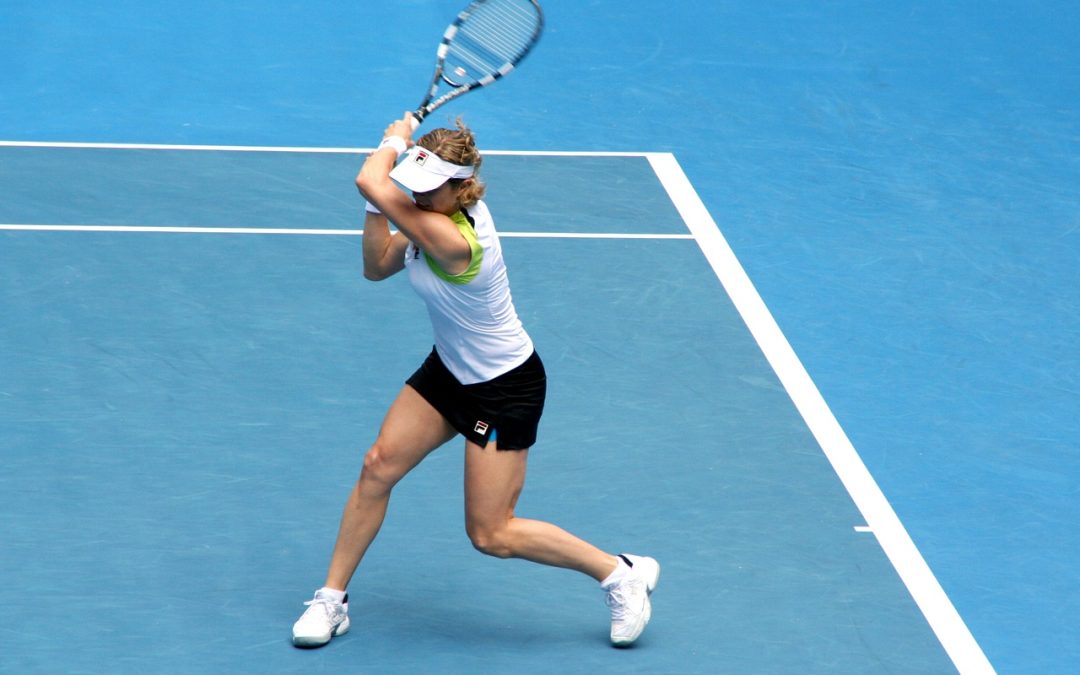Lateral and medial epicondylitis (Tennis and golfers’ elbow) is a common musculoskeletal pathology arising secondary to recurrent microtrauma (repetitive strain injury) of the upper extremity particularly impacting the lateral or medial condyle of the elbow. This is where the flexor and extensor muscle group insert onto the forearm, where the muscles have many attachment points travelling down the forearm to the wrist and hand. These muscles allow movement such as supination, pronation, flexion and extension of the wrist. When the condyle becomes inflamed, symptoms include decreased grip strength and arm strength along with pain and inflammation in the lateral aspect of the elbow.
This condition affects 1-3% of the global population with highest prevalence is in people aged 35 years and older with little difference in prevalence between men and women (Yao et al. 2020).
Although this problem is called tennis / golfers elbow it is not just caused by playing sports, with it being said that tennis players often get golfers elbow and tennis players getting golfers elbow due to the nature of each sports biomechanics. It is also extremely common among men who come from a manual labouring background, with engineers, plasterers, builders, painters, electricians and many other blue collar type work. When the muscles of the forearms are used, by twisting a screwdriver respectively, using your hands for long periods of time without rest, this is when the microtrauma starts to appear. After months and years of this, the microtrauma without proper healing will cause inflammation, pain and discomfort, leading to a ‘nonhealing’ phase.
There are many ways to treat these types of inflammatory conditions, and at Worthing Osteopathic Wellbeing Clinic we use the Dolorclast radial shockwave machine. The shockwave machine works by firing impulses at high frequency at the skin, which causes micro cavitations under the skin. This then causes a slight increase in inflammation, allowing the body to break through the chronic non healing phase allowing the healing and recovery process to start. The swiss dolorclast machine has been shown to be the most effective piece of equipment on the market, when compared to other leading shockwave equipment due to it not losing power at high frequency and power settings.
During your initial assessment we would use different forms of assessment to ensure that we have the right diagnosis prior to using shockwave. The treatment itself should then last for around 3-6 weekly sessions depending on the severity and duration of the epicondylitis. We then give a 6 week gap and then have another course if needed. It is likely though that after the first course this second course of treatment would not be needed, as the original issue should be much better due to the aided of the shockwave on the healing process. The use of RSWT is an alternative and effective treatment options for patients diagnosed with lateral epicondylitis. It reduced pain, improves function, range of motion and strength in the elbow and wrist (Sanzo, 2016).
Other osteopathic treatments are available for this condition such as soft tissue and dry needling; however these are much slower and are not as cost effective as shockwave therapy.
Spacca, G., Necozione, S. and Cacchio, A., 2005. Radial shock wave therapy for lateral epicondylitis: a prospective randomised controlled single-blind study. Europa Medicophysica, 41(1), pp.17-25.
Ilieva, E.M., Minchev, R.M. and Petrova, N.S., 2012. Radial shock wave therapy in patients with lateral epicondylitis. Folia Med (Plovdiv), 54(3), pp.35-41.
Sanzo, P., 2016. Radial shockwave therapy improves pain, range of motion, strength, and function in patients with chronic lateral epicondylitis. Age (years), 45, pp.9-6.
Spacca, G., Necozione, S. and Cacchio, A., 2005. Radial shock wave therapy for lateral epicondylitis: a prospective randomised controlled single-blind study. Europa Medicophysica, 41(1), pp.17-25.
Yao, G., Chen, J., Duan, Y. and Chen, X., 2020. Efficacy of extracorporeal shock wave therapy for lateral epicondylitis: a systematic review and meta-analysis. BioMed Research International, 2020.

